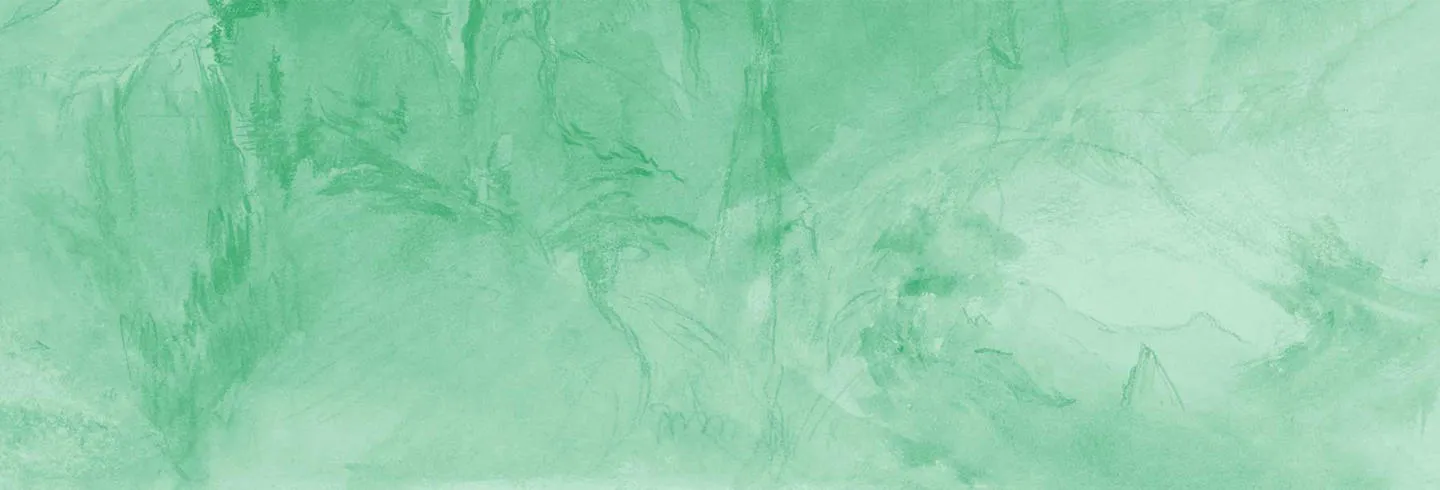Midlands Art Papers 3 (2019/20)


Editorial: finding the right words
Midlands Art Papers Editor Sophie Hatchwell introduces this Special Issue on Inclusion, Disability and Access in the Arts, with help from arts practitioners and gallery and museum officers, including Kate DeRight, Mike Layward and Natalie Osbourne.
Editorial

Midlands Arts Trail: Inclusion in the Arts
For our special issue we have created an arts trail, themed on inclusion, in partnership with 13 galleries across the midlands. This trail will take you on a journey exploring how race, gender and disability are represented in our regional public collections
Midlands Arts Trail

In conversation: sensory play and learning in the gallery
Learning Officer Lisa Ford discusses how sensory play activities at the Herbert Art Gallery & Museum help young gallery visitors engage with art collections in a way that is hands-on, imaginative, meaningful to them, and beneficial for childhood development.
Lisa Ford article

Pity the Blind?
Hidden stories of empowerment and inclusion in John Everett Millais' The Blind Girl
Professor Graeme Douglas, Head of the Disability, Inclusion and Special Needs department at University of Birmingham, gives his specialist take on John Everett Millais’s The Blind Girl. He reflects on what this painting can teach us about vision impairment in the Victorian period and in today’s society too.
Graeme Douglas article

Object in focus
Otto Dix, Match Seller, 1920 and Leicester's German Expressionist Collection
Focusing on Otto Dix’s etching Match Seller (1920) in the German Expressionist Collection of Leicester’s New Walk Gallery, University of Birmingham postgraduate student April-Lina Waine discusses Dix's searing social critique of the difficulties faced by disabled veterans in inter-war Germany.
April-Lina Waine article

In depth: focus on access at New Art Gallery Walsall
Collections Curator Julie Brown discusses access and inclusion at The New Art Gallery Walsall, and how the gallery makes its collections accessible for different audiences in different ways, physically, digitally, and intellectually.
Julie Brown article

Disability and discomfort: Robert Sargent Austin, Injured Paratrooper
Second World War artist Robert Sargent Austin’s drawing of an injured paratrooper presents an uncomfortable contrast between a healthy, vivacious nurse and a frail, disabled serviceman. This article explores how and why Austin’s image inspires a sense of discomfort in the viewer.
Sophie Hatchwell article

On exhibit: Marc Quinn and Alexa Wright
The aesthetics of disability from antiquity to the modern age.
In 1999, Leamington Spa Art Gallery & Museum re-opened its doors to the public in its new location: the Spa town’s historic Royal Pump Rooms. Since 2000, the Art Gallery has developed a specialist collection called ‘Medicate’, which links to the history of the Pump Rooms as a former medical treatment centre, and expands the Museum's collections of contemporary art and medical equipment. Emily Smith selects four works from this collection that explore the aesthetics of disability, from antiquity to the modern age.
Emily Smith article

Gender identity: Friedrich Ziegler, Wax Models
Jayde Martin considers biological explanations of gender, explaining the reason why medical wax models from the 19th Century still matter today when we think about intersex and transgender identities.
Jayde Martin article